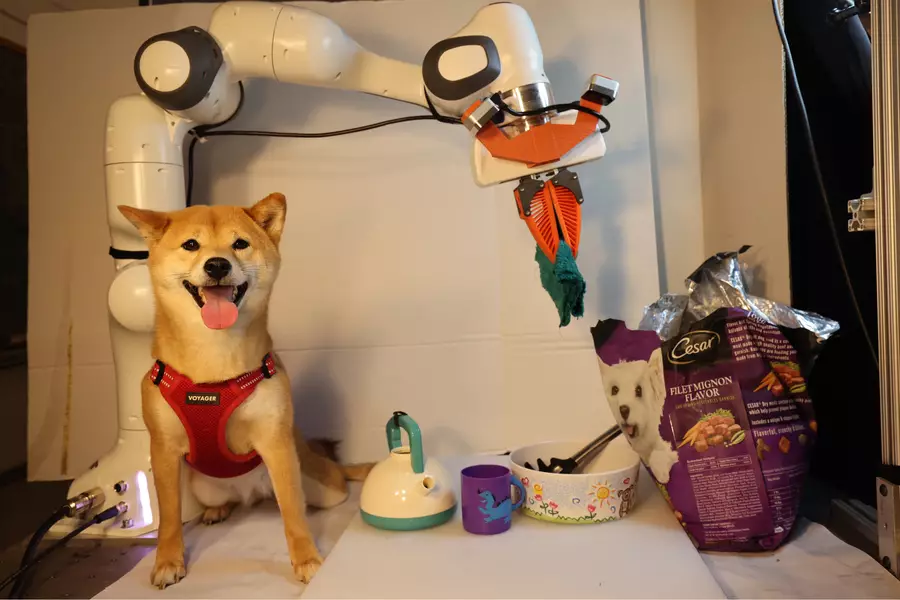Recent advancements in robotic training methods have been spearheaded by researchers at the Massachusetts Institute of Technology (MIT), who have proposed a groundbreaking approach that shifts away from traditional data-centered training. The old methodology involved utilizing specific, focused datasets aimed at teaching robots to perform defined tasks. In stark contrast, MIT’s new model adopts a more expansive strategy, mirroring the large-scale data approaches that have proven successful in training large language models (LLMs) like GPT-4. This shift holds promise for enhancing the adaptability and intelligence of robots across diverse scenarios.
Imitation learning has often been the go-to technique for training robots, where they learn by observing humans executing tasks. However, this method falters when unexpected variables disrupt the operational environment. For instance, if a robot encounters changes in lighting conditions, a different physical setting, or unexpected obstacles, it struggles to adapt due to a lack of prior experience with similar challenges. MIT researchers recognized this vulnerability and sought to emulate the exhaustive data utilization that LLMs rely on, to fortify robotic learning against such unpredictable circumstances.
To address this issue, the team introduced an innovative architecture termed Heterogeneous Pretrained Transformers (HPT). This model amalgamates data from a variety of sensors and environments, ensuring that robots are trained with a rich and diverse dataset. The cornerstone of this architecture is the transformer technology, which enables the integration of varying data types into cohesive training models. Researchers have found that the performance of the transformer improves with size, suggesting that larger and more complex models yield better outcomes in robotic functionality.
The overarching ambition of this research initiative is to create a “universal robot brain,” a software framework that could be downloaded and implemented on various robotic platforms without needing extensive retraining. David Held, an associate professor at Carnegie Mellon University involved in the research, expressed optimism about the potential real-world applications of this technology. He likened it to the transformative impact that scaling had on the development of large language models, envisioning a future where robotic policies could reach similar breakthroughs.
This influential research is supported by partnerships with industry leaders, including the Toyota Research Institute (TRI). TRI’s commitment to advancing robotic capabilities is also evidenced by their initiative unveiled at TechCrunch Disrupt last year, where they demonstrated a robot capable of undergoing training within a single night. Furthermore, TRI’s recent partnership with Boston Dynamics promises to merge cutting-edge robotics research with:
real-world applications, which could significantly enhance robotic learning and deployment. As these collaborations flourish, the path toward more intelligent and adaptable robots appears promising, with the potential to redefine the limits of robotic technology.
MIT’s innovative approach to training robots represents a significant leap forward in the field of robotics. By embracing large-scale data integration and developing architectures like Heterogeneous Pretrained Transformers, researchers are poised to create robots that can learn and adapt more effectively than ever before. As this research progresses, the aspiration for universal robotic intelligence could soon become a reality, ushering in a new era of autonomous machines capable of navigating complex environments with ease.

